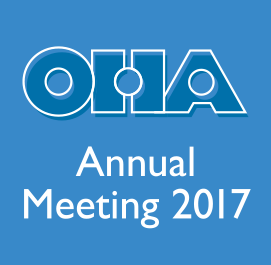This year the International Committee received 14 International Scholarship applications from historians hoping to attend the annual meeting.
Awards have been made to:
Lorna Barton, Scotland
Sophia Isajiw, Canada
Hong Jiang, China
Riikka Taavetti, Finland
Last month we featured abstracts from Lorna Barton, Sophia Isjiw and Hong Jiang. This month we will feature the abstract by Riikka Taavetti. Taavetti will be presenting her work as part of the session “Imaging the Audience” on Saturday, October 7, at 9 AM.
Riikka Taavetti, Finland
In 1990s, parallel collections of life stories on sexuality were gathered in Finland and Estonia, intended for comparative research on sexuality in life course around the Baltic Sea area. The Finnish collection has been used as material in the most formative study on sexuality in Finland, the long FINSEX research project. The Estonian stories have been deployed in research, and a selection of them was published as an anthology that formed a base for a popular theater play.
In this presentation, these collections of life stories, their calls and other documents describing the gathering as well as the later deployment of the collections are discussed as ways of constructing same-sex desire in dialogue between the authors and the researchers. Nordic-Baltic oral history traditions are characterized by the usage of written materials in addition to oral interviews (see Oral History 2(2016)). It is analyzed what kind of possibilities this context offered for constructing same-sex desire. It is discussed how the collection processes affected the telling of same-sex desire, and how the stories gathered affected the public understanding of queer life. Were the researchers as audience willing to hear stories of same-sex desire? What kind of audiences these stories have found later?
The trustworthy context of research encouraged the writers to recall experiences of which they had remained silent before. However, in the following publications some of the queer stories were hidden again, as the writings were interpreted in heteronormative framework. This is especially so with the Finnish life stories, as life stories telling of same-sex desire and sexual experiences with a same-sex partner were relatively common. On the other hand, the versatile utilization of the Estonian life stories as well as archiving and making both collections accessible for future research has offered these stories for diverse audiences.
